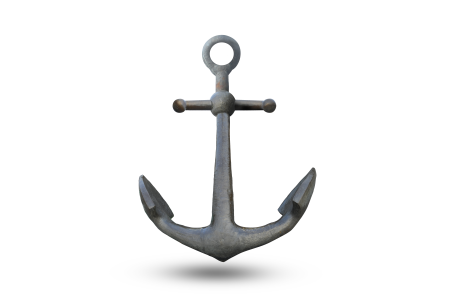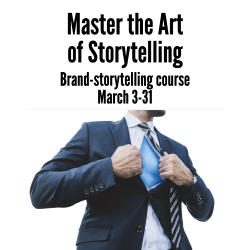3 steps to crafting clever figures of speech
When a Hollywood pitchman wants to sell a new horror film about a rampaging dog, he doesn’t have time to explain the storyline. Instead of “then he did this, then he did that,” he might say:

“Think ‘Jaws’ on paws.”
Call it “anchor and twist.” To say more with less, anchor your idea to something your audience understands, then twist it to show how your concept is different from the original.
1. Anchor.
“Anchoring is easier than explaining from scratch,” write Chip Heath and Dan Heath, authors of Made to Stick.
“Wikipedia says an alpaca is ‘a domesticated species of the South American camelid.’ That’s the explanation. Or, you could say an alpaca is like a small llama. Which one is easier to understand?”
In this case, “Jaws” is the anchor.
2. Twist.
Highlight the differences as well as the similarities. In this case, “on paws” is the twist.
3. Try it.
Here’s a fill-in-the-blanks template for an anchor-and-twist metaphor:
Think of _______ [your topic]
as ________ [anchor]
for/but/with/on ___________ [twist].
Use this formula for your next lead or sound bite.
How can you communicate complex concepts?
Call it the magic of metaphor. Metaphor persuades far better than literal language. It lets you say in five words what would otherwise take five paragraphs to explain. It makes readers’  brains light up, helps them think more broadly about your message — even (ahem!) makes you look more attractive.
brains light up, helps them think more broadly about your message — even (ahem!) makes you look more attractive.
Learn to charm readers with analogies and comparisons at Master the Art of Storytelling, our business-storytelling workshop starting March 3.
You’ll learn which kinds of metaphors to choose, which to avoid and where to place them in your message. Plus, you'll craft a compelling metaphor with our fill-in-the-blanks formula.
Save up to $100 with our group discounts.
